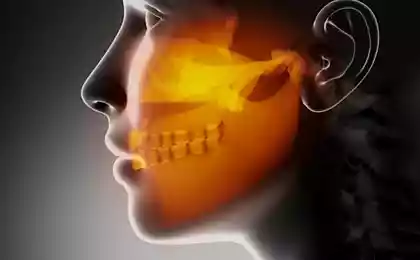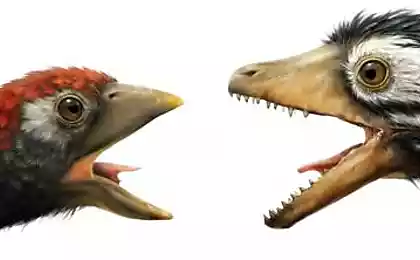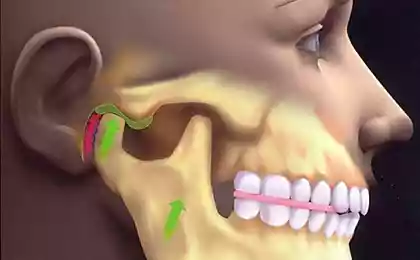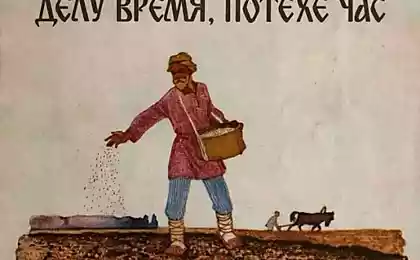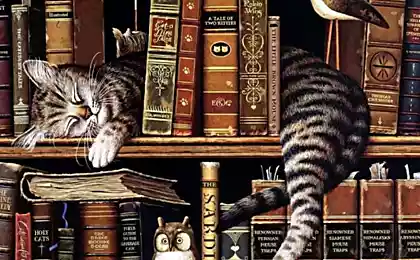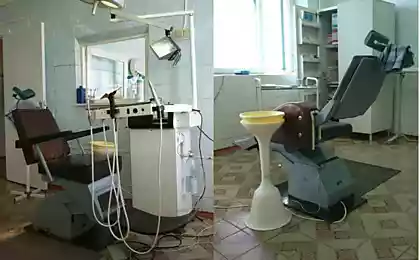1207
Location vertebrate jaw
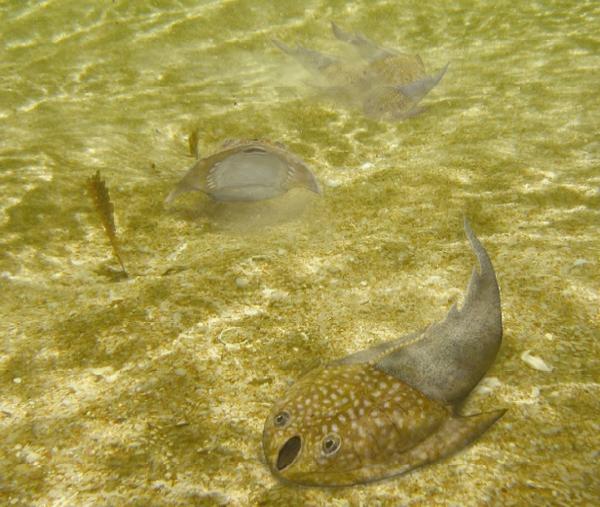
Scientists have reconstructed the structure of the brain and the oldest fish came to the conclusion that the formation of the jaws they were preceded by significant changes in the structure of the brain, namely the splitting of the olfactory organ.
All vertebrates, from fish to mammals, have a pair of jaws. The only exceptions are the lamprey and hagfish, constitute a class of cyclostomes. Meanwhile, scientists still can not understand how the ancestors of modern vertebrate managed to get the jaw. Due to lack of more or less important fossils that would demonstrate the steps of forming the jaw apparatus, scientists had considered this evolutionary leap: that the jaws appeared out of nowhere. However, those who are concerned with the individual development, said that the structure of the brain, and the method of its formation during embryogenesis had to undergo significant changes to enable the form of such a complex thing as jawbones.
To represent the evolutionary and developmental processes, accompanied by the formation of the jaws, an international team of researchers tried to reproduce the structure of the head of the ancient galeaspid - an extinct group of jawless fish.
Galeaspidy inhabited sea Silurian and Devonian. According to paleontologists, they are even more closely related jawed vertebrates than now living lampreys and hagfish. In their paper, the researchers tried to recreate the structure of the brain galeaspid based on X-ray analysis of fossils. (This method allows a detailed investigation of the bone structure without breaking their integrity.)
According to scientists in the journal Nature, these ancient fish had already paired olfactory organ, although the nasal passage they had only one (the only one nostril is also characteristic of modern cyclostomes). It was essential for the formation of the jaw bones. These bones, like everything else in our body, taken from the stem cells, which in the process of individual development come to the right place and give rise to various tissues and organs. In the case of jaw evolution could be one problem: the migration of stem cells forward to the place of "construction" of the jaws, could prevent olfactory organ, which lies just their way. But galeaspid olfactory organ section and stem cells intended for jaws, it could pass between the halves of the place, so to speak, destination.
According to rough estimates, "evolutionary work" in this direction could be carried over 10 million years.
To this conclusion the researchers came recreating and analyzing the possible variants of the nerves and blood vessels that came to the surface of the skull ancient fish. However, the separation of the olfactory organ and the appearance of paired nares could happen for various reasons. The researchers say that due to a split in the nostrils galeaspid could be improved, for example, ventilation gills. Anyway, modern physical methods allowed paleontologists to reveal another evolutionary puzzle.



